Hive inspections might sound like just another chore on the beekeeping checklist, but skimming over them could spell trouble later. Essentially, these inspections are regular health check-ups for your bee colonies. You’re there to peek inside and see how things are buzzing along.
Sure, staying on schedule with hive inspections can make all the difference in keeping bees healthy and productive. When you spot early signs of trouble—like disease or pests—you can take action fast to protect your hives. Better colony health translates directly to better honey harvests and more robust bees, which is really the ultimate goal for any beekeeper.
But it’s not just about catching problems early. Inspections also boost a beekeeper’s understanding of their hives’ natural rhythms and needs. By regularly getting up close and personal with the bees, you’ll start to notice patterns and changes, sharpening your situational awareness. This insight can guide decisions, from feeding to expanding hives, and route you to a standout beekeeper status.
Underestimating Hive Inspections: Common Missteps and Their Consequences
It’s easy to brush off hive inspections, especially when life gets busy or the weather’s not playing nice. But skipping them isn’t without its pitfalls. One dropout day can lead to quite a few headaches down the line. One big misstep is underestimating the importance of these inspections to your hive’s overall health.
Ignoring inspections often stems from a lack of understanding about the hive’s needs or the assumption that everything’s fine if nothing major seems wrong. The problem with this mindset is that bee issues don’t always make themselves glaringly obvious, at least not until they’ve snowballed into something much harder to manage.
When inspections are neglected, you’re essentially flying blind. Pests like Varroa mites or diseases can sneak in quietly and quickly wreak havoc, leading to weak colonies or even total collapses. These issues, once rooted, are a nightmare to tackle.
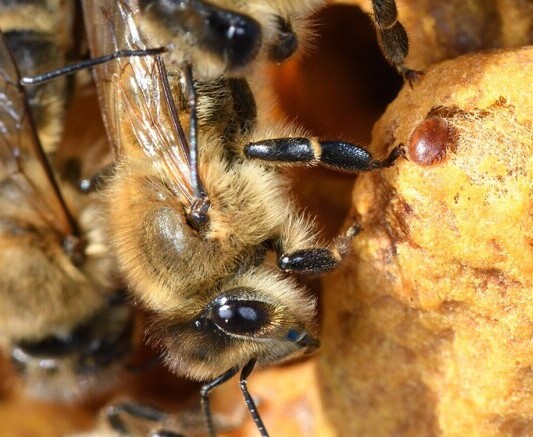
We’ve heard stories that serve as wake-up calls—enthusiastic beginners losing their entire hives just because they didn’t stick with regular inspection routines. Imagine the heartbreak! These tales remind us how essential it is to stay vigilant and proactive.
Consistent hive inspections are your best defense against unforeseen colony disasters. By maintaining a hands-on approach, you’re not just a beekeeper watching over your bees—you’re their primary line of defense against the many threats they face.
Symptoms and Signs of Hive Health Problems
Spotting trouble early in a hive can save beekeepers a lot of grief later. Key signs of distress in bee colonies are often right under our noses. Bees leave clues everywhere if we know what to look for.
A healthy colony buzzes with activity. If you notice a drop in the usual hive hustle and bustle, that’s a red flag. Bees should be busy gathering nectar or guarding the entrance, and a lull could signal a problem brewing inside.
Pay attention to the brood pattern, which should be tight and uniform. Patchy brood suggests that queens may not be laying eggs efficiently or might be under strain. Also, peep into the cells. Finding too much pollen, crooked comb, or cell contents like larvae looking dry or discolored can indicate issues needing urgent attention.
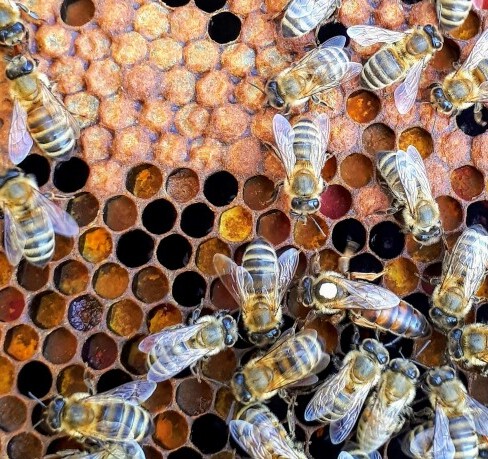
The bees themselves can also tell you a lot. Are there bees with stunted wings, or is the bee population dwindling faster than it should? These are signs that parasites or diseases might be taking a toll.
Don’t overlook unusually aggressive behavior either. A shift in temperament could be a sign of queen problems or a hive nearing disruption due to predators.
Keeping these signs in mind helps paving the way for quick action. Intervening early boosts your chances of steering clear of major hive setbacks.
Best Practices for Conducting Effective Hive Inspections
Having a solid inspection routine is like your secret weapon for managing bee colonies successfully. When you head into an inspection, it’s all about being prepared and knowing what you’re looking for.
Start with timing. The best days for inspections are warm and calm. Bees don’t love being poked around when it’s cold or rainy, and neither would the rest of us.
Always go in equipped with the right tools. Hive tools, a smoker to calm the bees, and protective gear are must-haves. Each piece plays its role in keeping inspections smooth and safe for you and your buzzing pals.
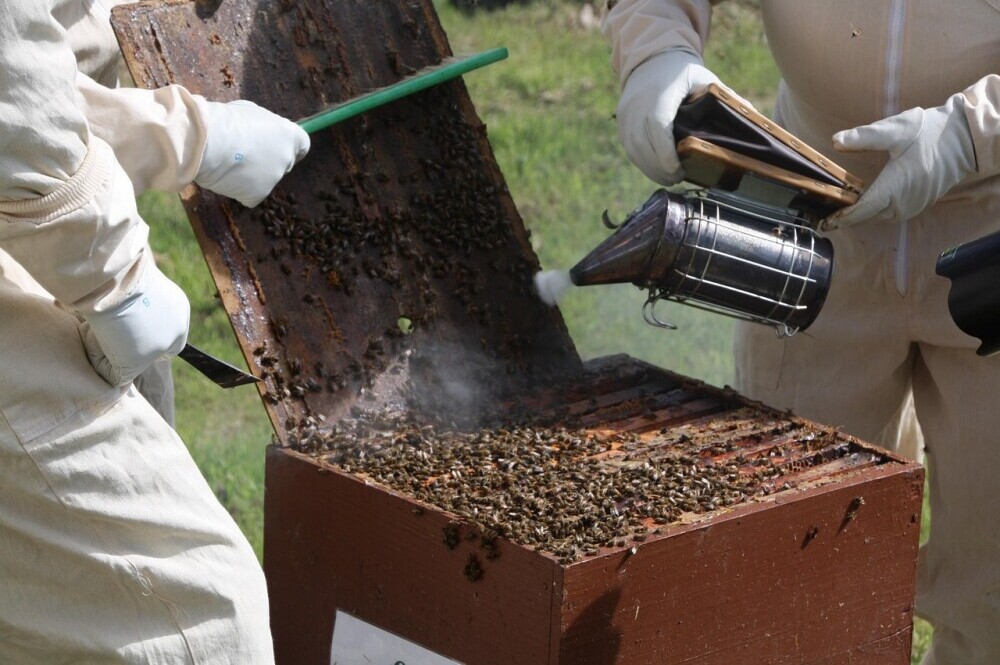
Approach inspections with a plan. Checking one frame at a time helps avoid missing issues. You’re looking for healthy brood patterns, signs of pests, and the queen’s presence. Clear, incremental actions make sure no stone—or frame—is left unturned.
Timing of your visit matters, too. Bees tend to be less agitated during times of high nectar flow when most of them are out foraging. Pick these times to keep both you and the bees calm.
Watch out for common mistakes. Inspecting too often or too long can stress the bees. Respect their space when needed. Consider your approach an art of balance—enough attention, but not too intrusive.
The real trick? Keep records of inspections. Jot down observations and changes. This record is invaluable; it helps track what’s working or what needs fine-tuning. Connecting the dots between inspections can really sharpen your insights.
Building a Hive Inspection Schedule: Strategies and Tips for Consistency
Creating a rock-solid inspection schedule is a game-changer for beekeeping. Regular and consistent checks not only boost hive health but also streamline your beekeeping practice.
Start by identifying the rhythm of your hive. Different seasons call for different inspection frequencies. During spring and summer, when bee activity peaks, aim for weekly or bi-weekly check-ins. Fall and winter require less frequent inspections, giving your bees some undisturbed time.
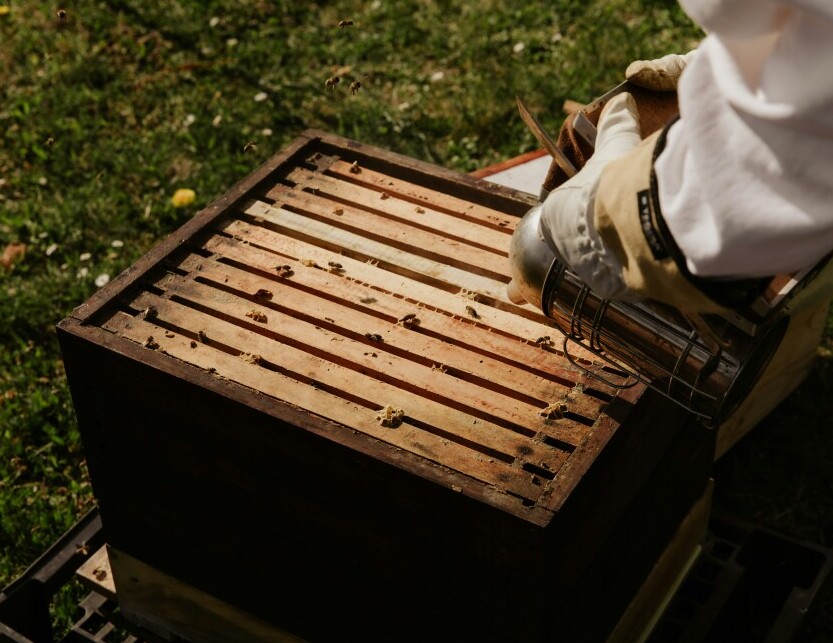
Tech can be a major ally. Set reminders or use apps tailored for beekeepers. These tools help track when inspections are due, what needs checking, and any follow-ups required.
Beyond tech, tapping into local beekeeping communities can be a big support. Beekeeping associations often offer workshops, shared resources, and sometimes mentorship programs that can help reinforce consistent hive inspection habits.
Lastly, remember flexibility is key. Weather conditions, bee behavior, and unexpected events can all affect your schedule. Be ready to adapt but try to keep a routine while respecting your hives’ natural ebbs and flows.
Ultimately, a firm schedule builds confidence and leads to healthier hives. And healthy hives mean more productive bees, which is the sweet spot every beekeeper aims for.
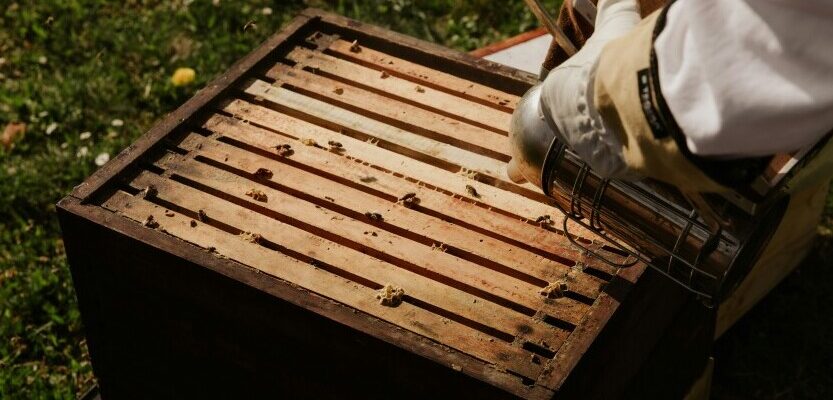
2 comments on “Underestimating The Importance Of Hive Inspections”
Herman
January 30, 2025 at 5:09 pmYour insights into hive inspections are spot on! As someone who has spent time tending to bee colonies, I can’t stress enough how vital regular inspections are for maintaining a thriving hive. I’ve learned firsthand that early detection of issues like Varroa mites or poor brood patterns can make the difference between a healthy colony and a struggling one. One time, I nearly lost a hive because I missed signs of a failing queen—something I only realized during an overdue inspection. Your advice on record-keeping is also a game-changer; keeping track of hive conditions over time has helped me make better decisions and anticipate potential problems before they escalate. Thanks for highlighting the importance of these routine check-ups!
Randi
January 31, 2025 at 1:55 amHi Herman!
Thanks so much! It’s always awesome to hear from fellow beekeepers who truly understand the impact of regular inspections. Missing signs like a failing queen or Varroa mites can sneak up fast, and it’s great that you’ve seen firsthand how routine check-ups can save a colony. Keeping records has been very helpful for me too and it really helps to spot those issues before small issues become big problems. Appreciate you sharing your experience, and happy beekeeping!